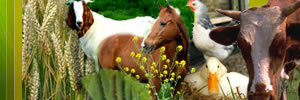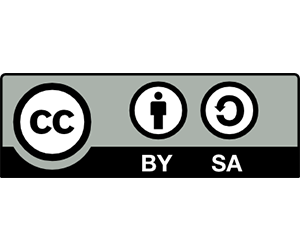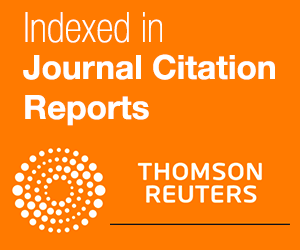INTERACTION BETWEEN BISCHOFIA JAVANICA BLUME (EUPHORBIALES: EUPHORBIACEAE) AND COLOANA CINEREA DWORAKOWSKA (HOMOPTERA: CICADELLIDAE): A PROTECTIVE ENZYME PERSPECTIVE
Zhen-De Yang1,3, Yan-Juan Sun1, Shu-Zhong Yu1 and Xia-Lin Zheng2,*
1College of Forestry, Guangxi University, Nanning 530004, Guangxi Zhuang Autonomous Region, China
2College of Agriculture, Guangxi University, Nanning 530004, Guangxi Zhuang Autonomous Region, China
3Guangxi Colleges and Universities Key Laboratory of Forestry Science and Engineering, Nanning 530004, Guangxi Zhuang Autonomous Region, China
*Corresponding author email: zheng-xia-lin@163.com
ABSTRACT
Coloanacinerea Dworakowska (Homoptera: Cicadellidae) is a phloem-feeding pest on BischofiajavanicaBlume (Euphorbiales: Euphorbiaceae), which is the main species of avenue tree in the urban landscape of China. Understanding their relationship is conducive to exploring the coevolution of both of them and the effective management of insect pests. In this study, their interaction was studied from a protective enzyme perspective. Results showed that Catalase (CAT), peroxidase (POD) and superoxide dismutase (SOD) activities in B. javanica leaves were evidently enhanced by population density, feeding duration and their interaction of C. cinerea. CAT, POD, SOD, glutathione S-transferase (GST) and amylase (AMY) in C. cinerea were conversely affected by foliage maturity of B. javanica, feeding duration and their interaction. These changes in physiological compositions of both C. cinerea and B. javanica following stress or damage suggest that they have coevolved to an adaptation against each other.
Keywords: Landscape plant; Insect pest; Protective enzyme; Coevolution.
Abréviations: CAT, Catalase; POD, peroxidase; SOD, superoxide dismutase; GST, glutathione S-transferase; AMY, amylase.
|





